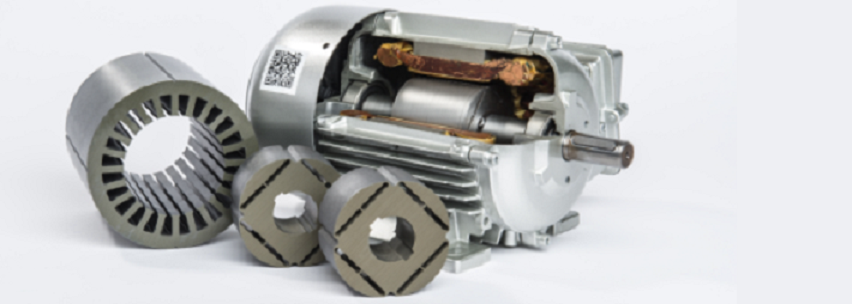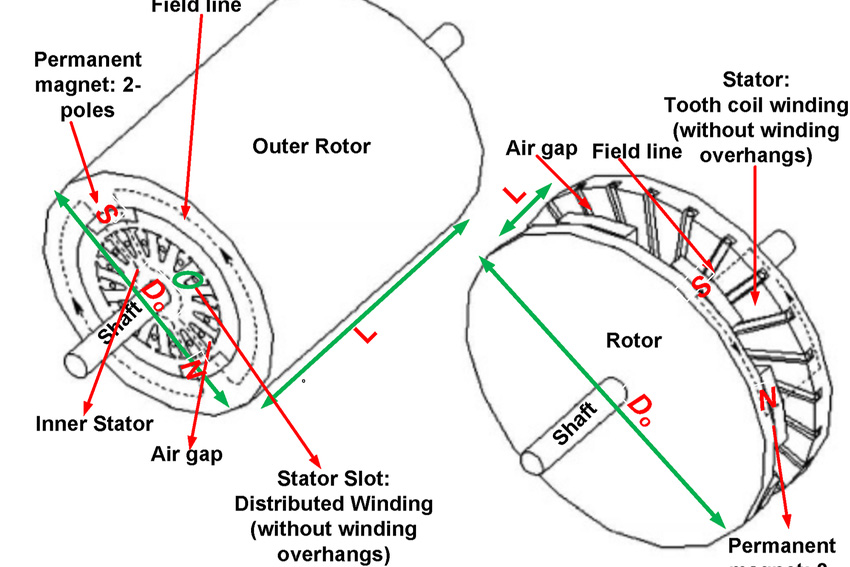Permanent Magnet Motor Puzzle Solved by a German Inventor
This article is about the permanent magnet motor puzzle solved by a German inventor, Thomas Engel. Thomas Engel is one of the most successful German inventors with more than a hundred patented creations to his credit. He, like a significant number of his associates, does not think over at a successful school instruction, yet obviously, that is not essential for triumph on the off chance that you are keen and, as some say it may even be counter beneficial, smothering innovativeness.
 Permanent Magnet Motor Puzzle Solved by a German Inventor[/caption] Engel has evaluated the working standard of a sort of engine numerous creators and tinkerers have been chipping away at - so far unsuccessfully. He figured out how to make lasting magnets do genuine work, changing their engaging and unpleasant force into the correct thought process activity of rotating movement. The innovator Thomas Engel shows an engine to us that never uses up fuel, because it works with the quality of neodymium magnets - leaving us a bit confused. The magnets are made utilizing a mixture of neodymium, iron, and boron which is pressed into the structure and sintered. They are then charged with a solid electric drive. The vitality utilized for the charge, then again, is not what keeps the magnet meeting expectations. A few suppliers of those rare earth magnets have guaranteed us that the force of the magnets doesn't decrease - considerably after years of utilization. So it appears that the magnets can do work always without getting corrupted. The main thing those magnets don't like is extraordinary hotness.
Permanent Magnet Motor Puzzle Solved by a German Inventor[/caption] Engel has evaluated the working standard of a sort of engine numerous creators and tinkerers have been chipping away at - so far unsuccessfully. He figured out how to make lasting magnets do genuine work, changing their engaging and unpleasant force into the correct thought process activity of rotating movement. The innovator Thomas Engel shows an engine to us that never uses up fuel, because it works with the quality of neodymium magnets - leaving us a bit confused. The magnets are made utilizing a mixture of neodymium, iron, and boron which is pressed into the structure and sintered. They are then charged with a solid electric drive. The vitality utilized for the charge, then again, is not what keeps the magnet meeting expectations. A few suppliers of those rare earth magnets have guaranteed us that the force of the magnets doesn't decrease - considerably after years of utilization. So it appears that the magnets can do work always without getting corrupted. The main thing those magnets don't like is extraordinary hotness.
How Was the Permanent Magnet Motor Puzzle Solved by Engel?
Engel's thought was that it ought to be conceivable to change the force of the magnets into the rotating movement. He constructed a machine made of metal, looking like a little machine. The rotor is a plate with magnets settled to it. The pole turns in the ceramic heading. A circle magnet settled at the right plot and separation from the rotor which itself can turn (Engel calls it the mirror) can influence the rotor magnets. There is alluring and frightful energy, contingent upon the introduction of the posts: the rotor can, therefore, be set in persistent movement, as long as the mirror continues pivoting. The mirror's pivot manages the rate of the rotor. The definite structure and mien of the parts are troublesome to determine, Engel needed to trial finally with those parameters. If the mirror is a tad excessively inaccessible, the attractive field breaks down. Then again, on the off chance that it is excessively close, the neodymium magnets will tear the development separated. The mirror hangs in a sort of outrigger. Two electric wires associate with a more level end with crocodile cuts. There is a small electric engine that pivots the mirror. So it isn't conceivable to manage without power inside and out? The creator indicates his contradiction. "Eight Milliampere at nine volts", he says. That is just a control component. The force at the pole is much more excellent. Engel additionally pondered a mechanical drive for the mirror straightforwardly from the rotor shaft. However, he selected against this as it would extensively build a mechanical multifaceted nature.
Conclusion
Thank you for reading our article and we hope it can help you to have a better understanding of the permanent magnet motor puzzle solved by Engel. If you want to know more about permanent magnets, we would like to advise you to visit Stanford Magnets. As a leading magnet product supplier across the world, Stanford Magnets has been involved in R&D, manufacturing, and sales of permanent magnets since the 1990s. It provides customers with high-quality rare earth permanent magnetic products, and other non-rare earth permanent magnets at a very competitive price.















